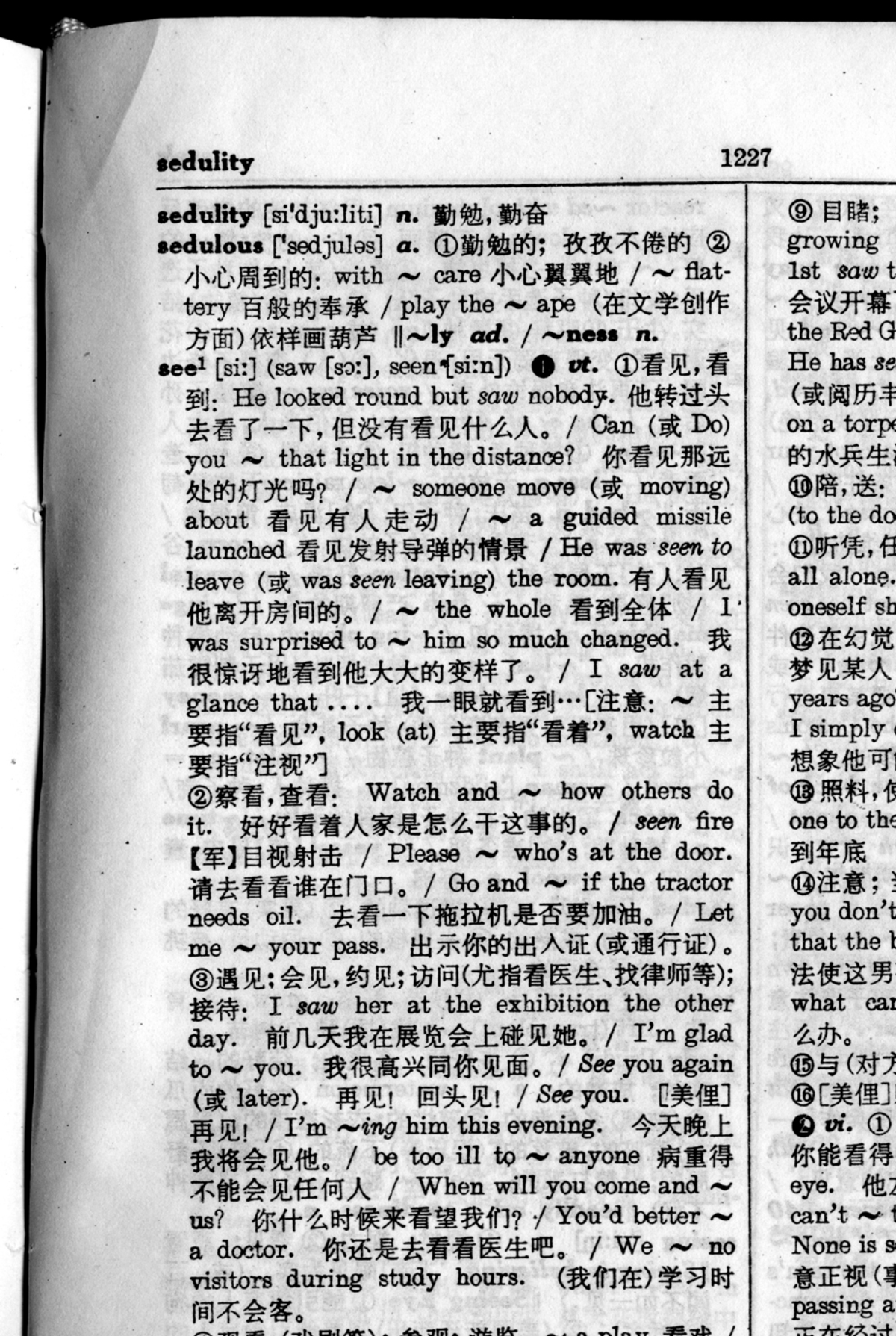See the Keynote slides given at the event.
Read the Introduction.
Or buy on Amazon.
 Visual Literacy surveys the meanings of the expression of the title. Some contributors are interested in the theory of literacy when it pertains to the visual; others in its rhetoric; and others in its implementation at college and secondary school level.
Visual Literacy surveys the meanings of the expression of the title. Some contributors are interested in the theory of literacy when it pertains to the visual; others in its rhetoric; and others in its implementation at college and secondary school level.
The book is intended to serve as a resource for conversations about what comprises minimal or desirable visual ability, competence, or literacy in a university or secondary-school setting.
This is an edited volume, with contributions by Barbara Stafford, W.J.T. Mitchell, Jon Simons, Jonathan Crary, and others.
It was the product of a combined conference and exhibition of the same name, which has generated two other books: Visual Practices Across the University and Visual Cultures.
The text that is uploaded here is the Introduction, the only part of the book I wrote.

An example of an object requiring a specific kind of visual literacy or competence. What is this? Everyone will be able to identify it as a potsherd, but only a few people will be able to guess at its provenance. It is an Iroquois potsherd, collected in the Montezuma National Wildlife Refuge in upstate New York, in an old Iroquois garbage dump.
Scroll down for some examples of the terms of the languages of literacy.

The verb “to see” in a Chinese-English dictionary. Note the three distinct forms of the verb.

The verb “to see” in a German-Latin dictionary. The dictionary begins with ten Latin synonyms.